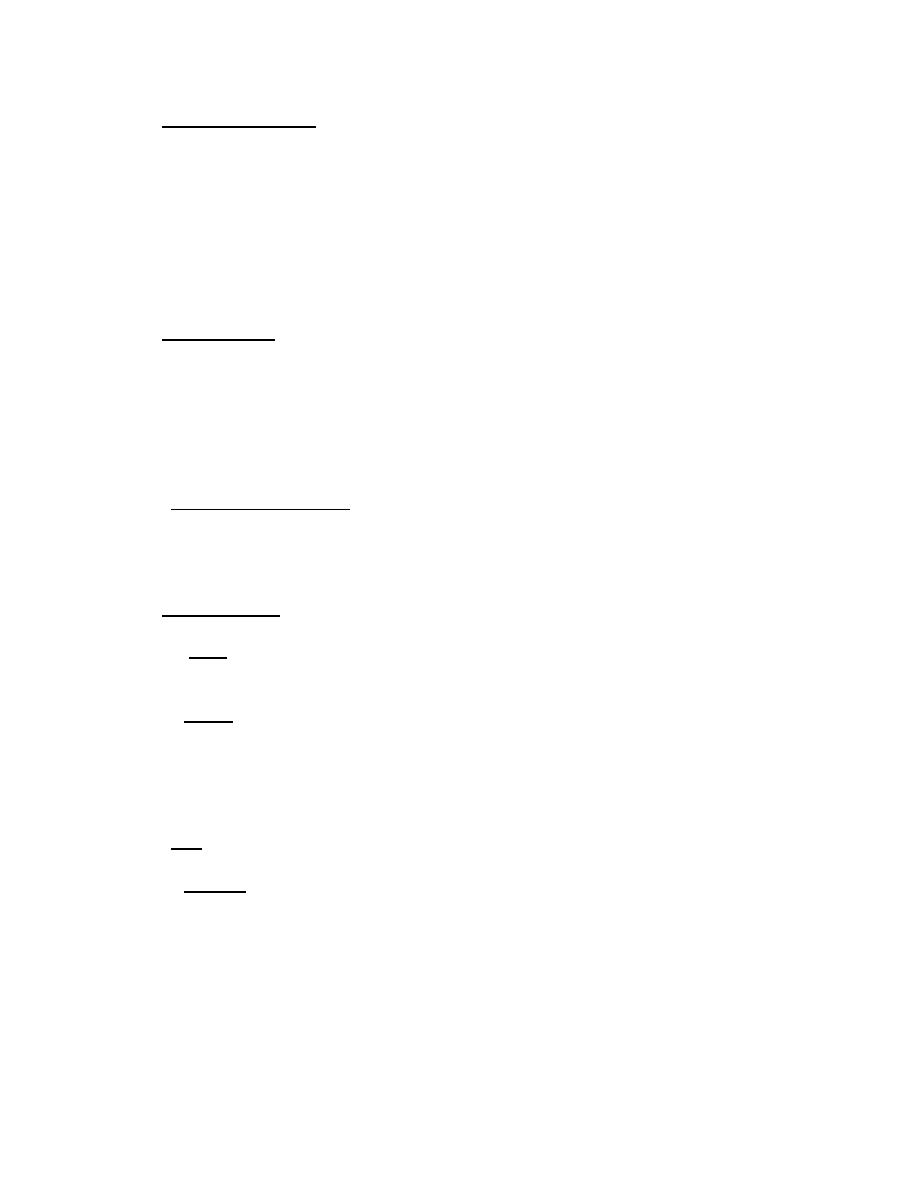

Custom Search
|
|

|
||
 10.2.8 Bottom Arrangement
At the bottom landing the clear area should not be smaller than the area enclosed by the
guardrails on the floors above, and any wall in front of the down-running side of the belt should
be not less than 48 inches from the face of the belt. Such space should not be encroached upon
by stairs or ladder. The lower, or boot pulley should be installed so that it is supported by the
lowest landing served. A mounting platform should be provided in front or to one side of the
up-run at the lowest landing, unless the floor level is such that the floor or platform is at or above
the point at which the upper surface of the ascending step assumes a horizontal position.
10.2.9 Top Clearances
A minimum top clearance of 11 feet should be provided above the top terminal landing. No
encroachment of structural or machine-supporting members within such space is permitted.
There should be a clearance of at least five feet between the center of the head pulley shaft and
any ceiling obstruction. The center of the head-pulley shaft should not be less than six feet above
the top terminal landing.
10.2.10 Emergency Exit Ladders
A fixed metal ladder accessible from both the up and down-run of the manlift should be
provided when the vertical distance between landings exceeds 20 feet.
10.2.11 Drive Machine
10.2.11.1 Type. Machines can be of the direct-connected type or driven by multiple V-belts.
Cast iron gears should not be used.
10.2.11.2 Brake. A mechanically-applied, electrically released brake must be applied to the
motor shaft for direct connected units or to the input shaft for belt-driven units. The brake should
be capable of stopping and holding the manlift when the descending side is loaded with 250
pounds on each step. observe the brake operation to make certain it applies when the manlift is
stopped and electrically releases when the unit is started.
10.2.12 Belt
10.2.12.1 Material. The belts can be made of hardwoven canvas, rubber-coated canvas, leather,
or other material meeting the strength requirements of the applicable codes and having a
coefficient of friction such that when it is used in conjunction with an adequate tension device, it
will meet the brake test specified in the applicable codes.
10-8
|
 
|
|
 |
||